Artstor is JSTOR’s cross-disciplinary collection of over 2 million* rights-cleared images from around the world, discoverable alongside JSTOR’s journals, books, and other primary sources on one feature-rich platform.
By joining images with vital critical and historical background, Artstor on JSTOR expands avenues of research in one convenient workflow, and empowers educators to support active learning, build critical skills like visual literacy, and engage students with diverse primary sources in in-person, online, and hybrid settings alike.
Diverse and interdisciplinary
With more than 2 million images* (and growing), scholars can easily examine wide-ranging material such as Native American art from the Smithsonian, treasures from the Louvre, and modern architectural plans from Columbia University.
Composed of approximately 300 curated sub-collections, Artstor supports and enriches study across disciplines, including world events from Magnum Photos, anthropology from Harvard’s Peabody Museum, and archaeology from Erich Lessing Culture and Fine Art Archives and, making it a resource for your whole institution.
Ideal for teaching and learning in any setting
Users can explore, discover, and interact with images from around the world using a suite of tools that encourage direct interaction with content, including zooming in on images to explore details, comparing and contrasting images side by side, and creating presentations with embedded text and annotations. These tools can help students engage with the material in a more immersive way, enhancing their learning experience in any instructional modality.
Trustworthy, rights-cleared, and contextualized
The images in Artstor are curated from reliable sources and have been rights-cleared for use in education and research — you are free to use them in classroom instruction and handouts, presentations, student assignments, and other noncommercial educational and scholarly activities.
Unlike results from commercial search engines, the images are accompanied by high-quality metadata from the collection catalogers, curators, institutions, and artists themselves. And, with Artstor’s images integrated alongside JSTOR’s library of full-text and other media, students can more easily situate the content in a historical, critical or cultural context, while educators and researchers can strengthen the depth and quality of their teaching and research, make innovative connections, and spark unexpected discoveries.
* The number of images available varies by country due to copyright restrictions.
What faculty and students are saying
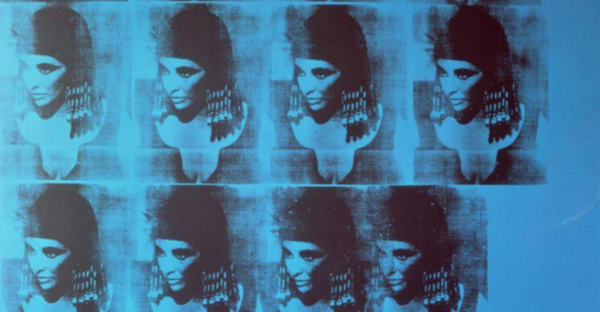
Such a rich bank of articles and now images! I always go to JSTOR first.
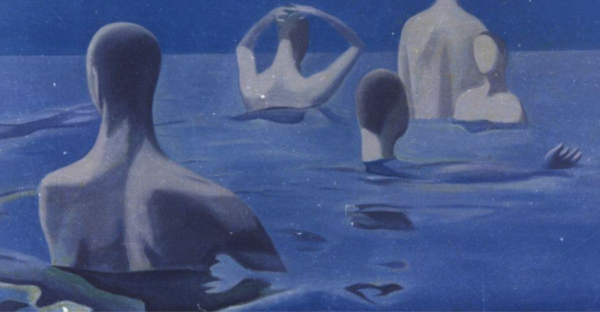
I don’t know where I’d be without JSTOR/Artstor! …I love that I can search transdisciplinarily on JSTOR, as someone who is really trying to integrate other methodologies into my work.
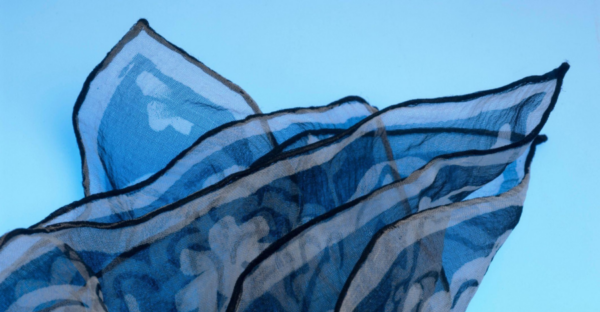
It is by far the best research database for art history.
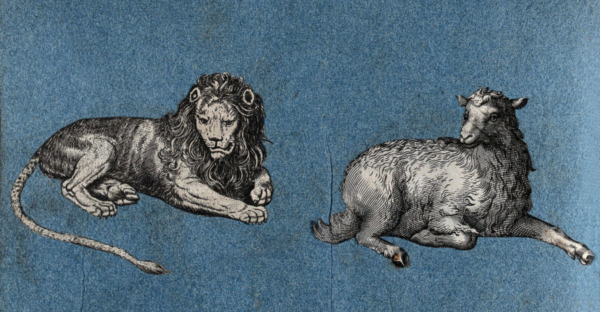
The advanced search is incredibly effective and easy to navigate as an undergraduate student in art history.
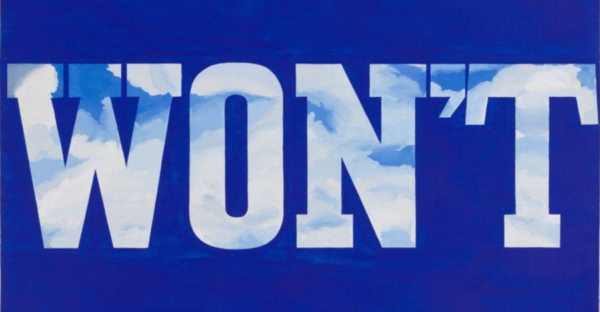
[I love] having all of the resources together and having a place to send students for reliable sources and images… One of the best features of Artstor is the ability to mark institutional collections.
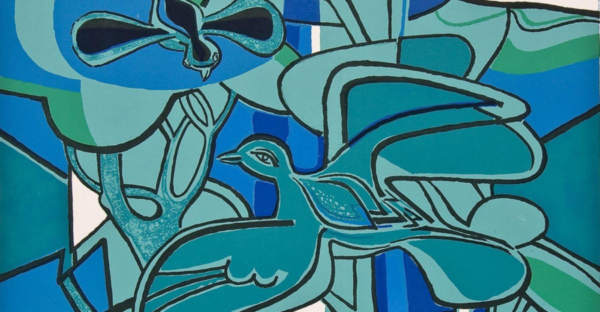
The ability for my professors to create folders of images on Artstor to aid us in our research. And the wide range of articles on any topic. If I am researching something specific, articles are provided for both that topic, and connections I didn’t realize I could make.
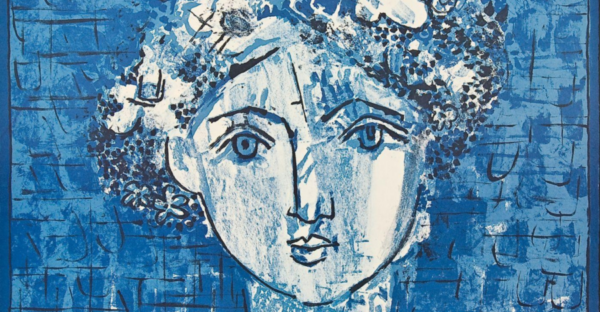
I enjoy using the Artstor feature in concert with JSTOR for combined research (visual/reading).
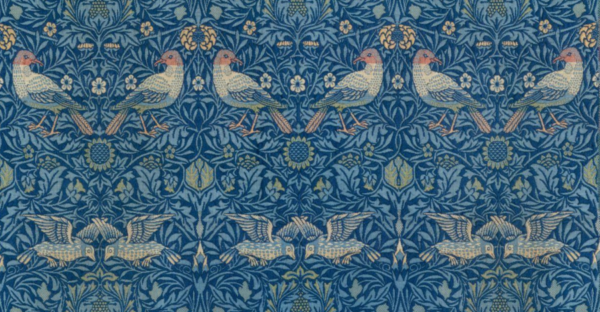
It’s very easy to navigate and can always find quality images.
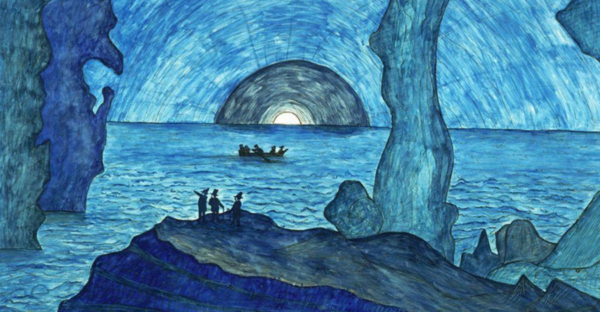
I love that they will be merged. I like to make lecture categories.
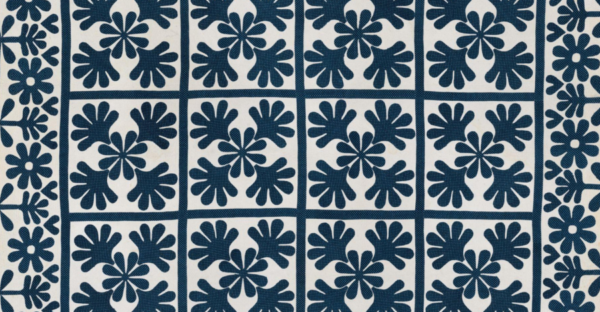
Artstor has helped me find relevant artists that other scholars have not already discussed. Artstor metadata helps me find artwork that is not already in published texts or exhibitions but is relevant to my research.

I love using the high-res images in presentations for studio classes in Artstor.
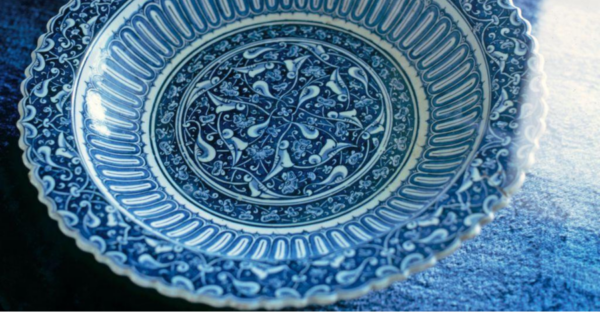
[I love the] quality images that can be used to guide inspiration and ideation for the work my students do.
1. Andy Warhol. Blue Liz as Cleopatra (detail). 1962. The Andy Warhol Foundation for the Visual Arts, Inc. 2. Zhang Peili. Swimmers (detail). 1985. Asia Art Archive: Zhang Peili Archive. 3. Silk Evening Bag (detail). Wellcome Collection. 4. A Lion and a Lamb (detail). Wellcome Collection. 5. Ed Ruscha. Won’t (detail). 1964. Baltimore Museum of Art. 6. Francoise Gilot. Blue Birds (detail). The Trout Gallery, Dickinson College. 7. Francoise Gilot. Blue Hat (detail). The Trout Gallery, Dickinson College. 8. William Morris (Designer), Morris and Company (Manufactory). Bird (detail). Designed 1878. The Metropolitan Museum of Art. 9. Lawrence W. Ladd. The Blue Grotto (detail). ca. 1880. Smithsonian American Art Museum. 10. Quilt, Oak Leaf Pattern (detail). ca. 1860. The Metropolitan Museum of Art. 11. Claude Monet. Blue Waterlilies (detail). c. 1917. Visual Arts Legacy Collection. 12. Plate with Rumi Motifs (detail). c. 1490-1525. Tiled Kiosk Ceramics Museum, Istanbul, Turkey.